Poll preparations not taking backseat to pandemic
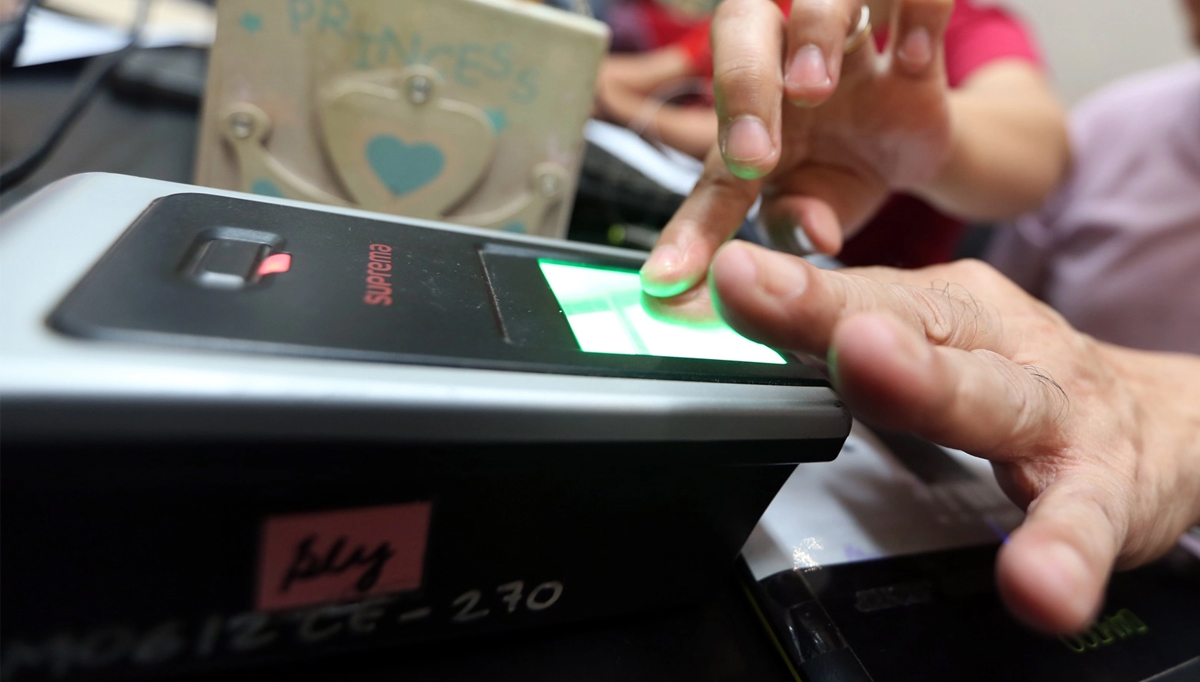
Voters’ registration INQUIRER FILE PHOTO / NINO JESUS ORBETA
MANILA, Philippines—Amid the COVID-19 pandemic, preparation for the 2022 elections is not taking the backseat and the Commission on Elections (Comelec) is making sure it doesn’t.
The Comelec, a quasi-judicial and independent body that supervises elections in the Philippines, continues to engage Filipinos in its campaign to register voters and encourage them to be the catalyst for change that they are.
As of June 17, 2021, there are already 60 million Filipinos eligible to cast their votes for the 2022 national and local elections though the number is still 2 million shy of the Comelec’s target.
Comelec Director Teopisto Elnas Jr. said at least 4,863,455 voters had registered for the 2022 elections with most of them first-time voters and at least 500,000 reactivating their registration.
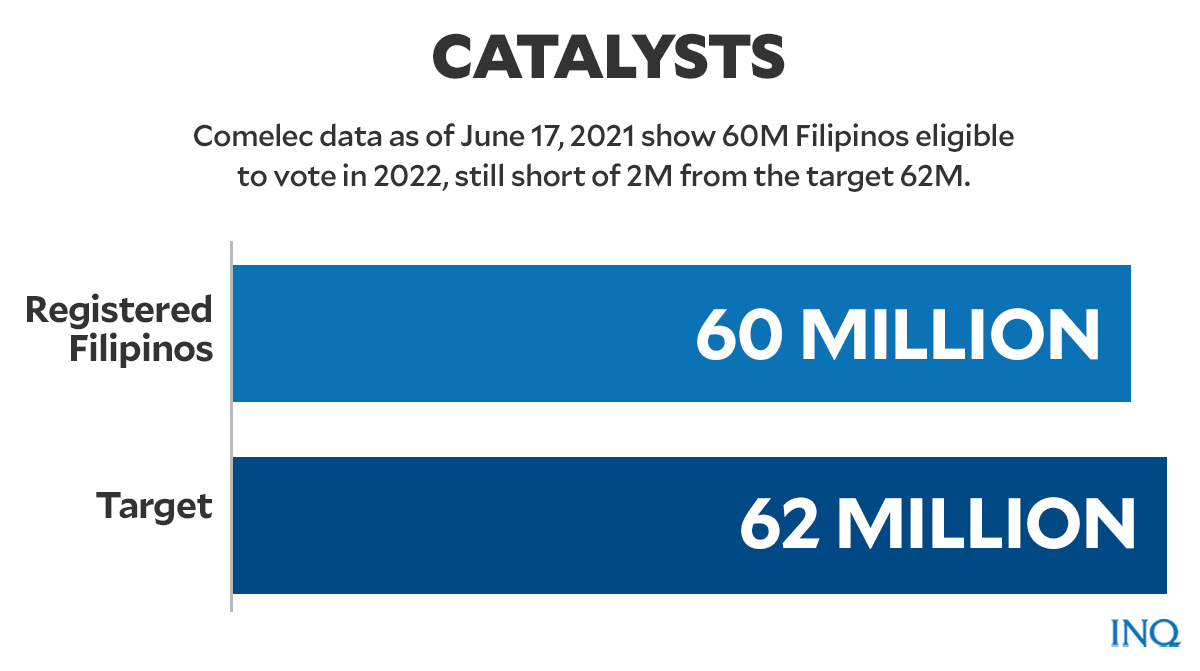
GRAPHIC BY ED LUSTAN
A separate set of data released by the Comelec showed that as of April 19, there were 1,226,412 newly-registered voters, while 816,183 will turn 18 before Election Day.
Article continues after this advertisementOver 150,000 voters had been removed from the voter list following the Election Registration Board (ERB) hearing. The poll body cited death, transfer of registration records, and double registration as some of the reasons for the delisting.
Article continues after this advertisementLast February, Comelec Commissioner Rowena Guanzon asked the 6,300,000 voters, who have been deleted from the list, to register again for the May 2022 elections.
These voters, according to Guanzon, were unable to vote in the 2016 elections and 2019 mid-term polls.
The clock is ticking and as of Wednesday (June 23), only 99 days are left before the end of the registration period on Sept. 30.
Limitations
Online registration is not yet an option for those who are planning to register for the 2022 elections.
So far, what Filipinos eligible to vote can do online is just to accomplish forms through Comelec’s iRehistro. But filling out forms online does not mean registration, the Comelec said.
“Take note that using this online facility only attempts to facilitate the process of accomplishment of the application form,” Comelec said on its website. “It does not automatically mean approval of yoyr application. Accomplishing the online form does not automatically make you a registered voter.”
Voting applicants who fill out online forms would still have to personally appear at local Comelec offices, Philippine embassies or consulates. They would have to bring with them three printed copies of the filled out online application form “for QR scanning and biometrics capture to complete the filing process,” the Comelec said.
The ERB will have to review the applications prior to approval.
A recently-released mobile registration app, which was meant to ease the registration process, still requires would-be voters to drop by Comelec offices in their areas since registration could not be completed online.
Comelec Commissioner Marlon Casquejo said the app can be used to submit personal information even without internet connection.
Once the user has filled out the necessary fields, an encrypted QR code will be generated, which will then be presented to a local Comelec office.
The app also has several limitations.
In a statement, Comelec explained that the app will no longer be downloadable online “to prioritize its use in the pilot areas identified by Comelec.”
To get the app, the registrant must go to pilot areas of local Comelec offices. It can only be shared by Android users via SHAREit or Bluetooth.
The app can also only be available and installed on-site in the 575 cities and municipalities included in the pilot rollout.
Turnout is key
Available data by Comelec showed that voters’ turnout during the 2016 national and local elections, which led to the election of then Davao City Mayor Rodrigo Duterte as president, was 81.5 percent.
From the 54,363,844 Filipinos who registered to vote that year, Comelec found that around 44,549,848 actually voted on Election Day in 92,509 clustered precincts.
This was higher than the 51,292,555 total who turned out to vote in the 2010 national elections. Voter turnout that year was just 74.38 percent—38,149,371 votes cast but with 2,010,269 of those considered as invalid.
In 2016, voter turnout reached 78.62 percent in the National Capital Region (NCR). Over 6 million registered in the metropolis and nearly 5 million cast votes.
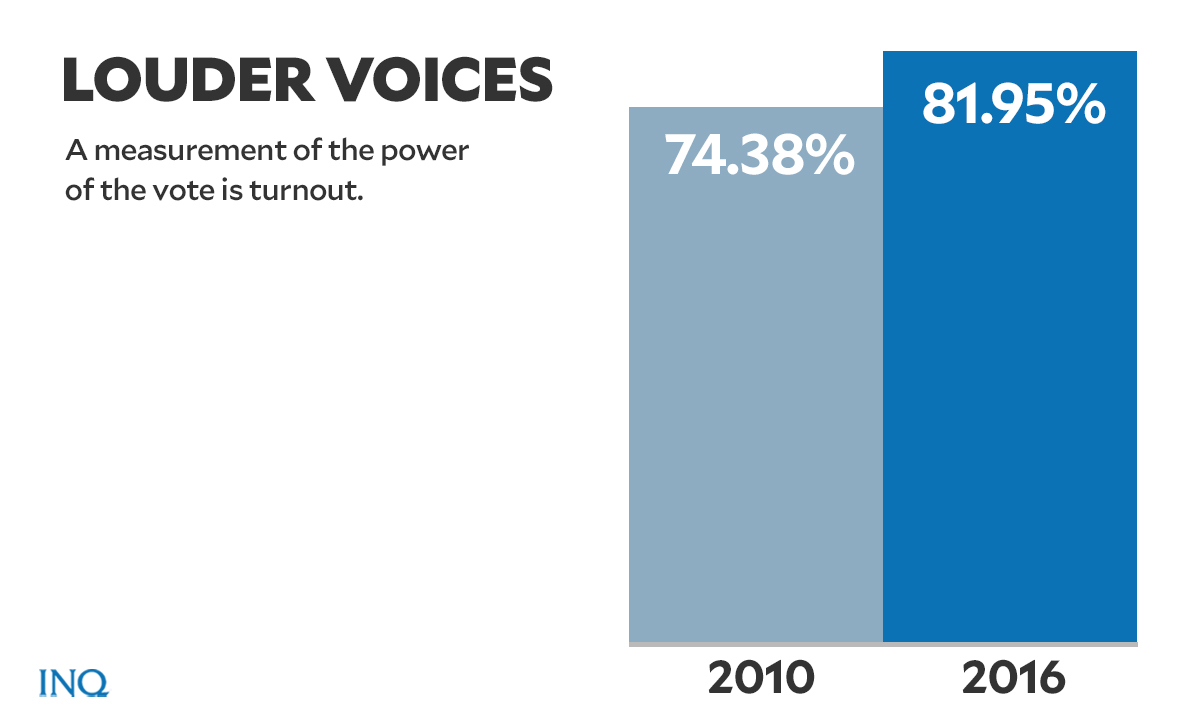
GRAPHIC BY ED LUSTAN
The highest voter turnout per region in 2016 was 85.60 percent in Eastern Visayas.
It was followed by Ilocos Region (85.58 percent), Caraga (85.24 percent), Central Visayas (85.17 percent), Bicol (84.70 percent) and Western Visayas (84.47 percent).
Turnout was 83.40 in the Cordillera Administrative Region, 83.02 percent in Cagayan Valley, 82.95 percent in Northern Mindanao, 82.38 percent in Central Luzon, 82.23 percent in the then ARMM and 81.46 percent in Mimaropa.
Davao Region voter turnout was 80.01 percent, Soccskargen was 80.01 percent, Calabarzon was 77.81 percent and Zamboanga Peninsula was 77.54 percent.
Voters profile
Data submitted by the Office of the Election Officers during an ERB hearing in November 2015 also showed that the profile of the Filipino voter is getting younger.
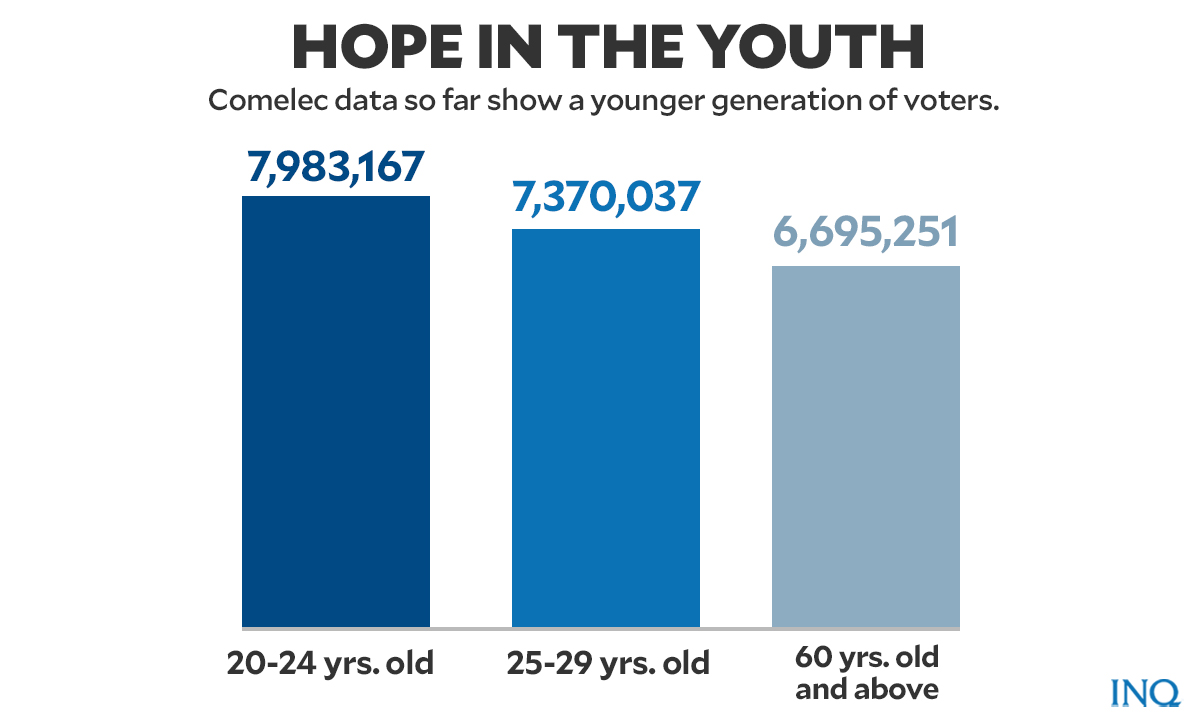
GRAPHIC BY ED LUSTAN
At least 7,983,167, of total registered voters at that time were between the ages of 20 to 24 years old.
At least 7,370,037 were between the ages of 25 to 29 years old and a total of 6,695,251 were senior citizens or those aged 60 and above.
The distribution of voters for the other age group are as follows:
18-19 years old: 3,043,411
30-34 years old: 6,333,398
35-39 years old: 5,764,839
40-44 years old: 5,100,591
45-49 years old: 4,680,698
50-54 years old: 4,025,439
55-59 years old: 3,367,013
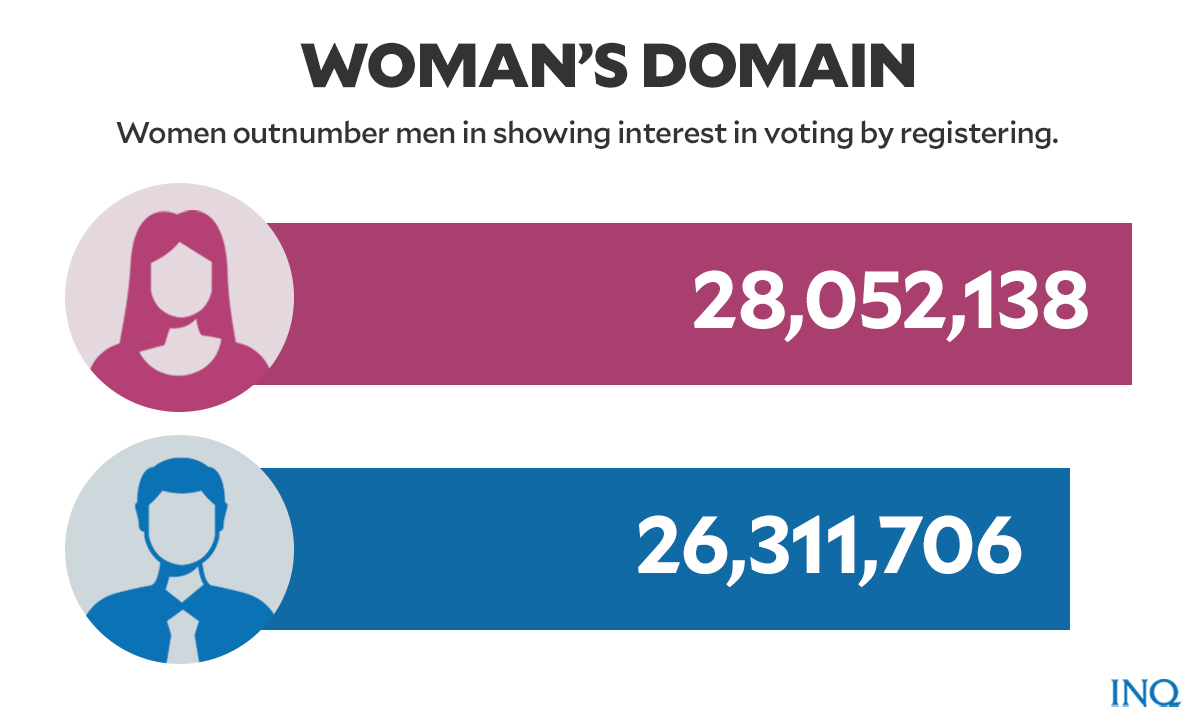
GRAPHIC BY ED LUSTAN
The data also showed that there were more female registered voters (28,052,138) than male (26,311,706).
The data also showed that 99,764 indigenous people and 318,013 persons with disabilities (PWD) registered to vote for the 2016 elections.
Former Comelec Chair Andres Bautista said in a 2016 interview that the key to the high voter turnout at the time was preparedness.
When asked about how the Comelec then was able to secure the record-breaking turnout rate, Bautista simply answered: “We just planned ahead.”
/TSB